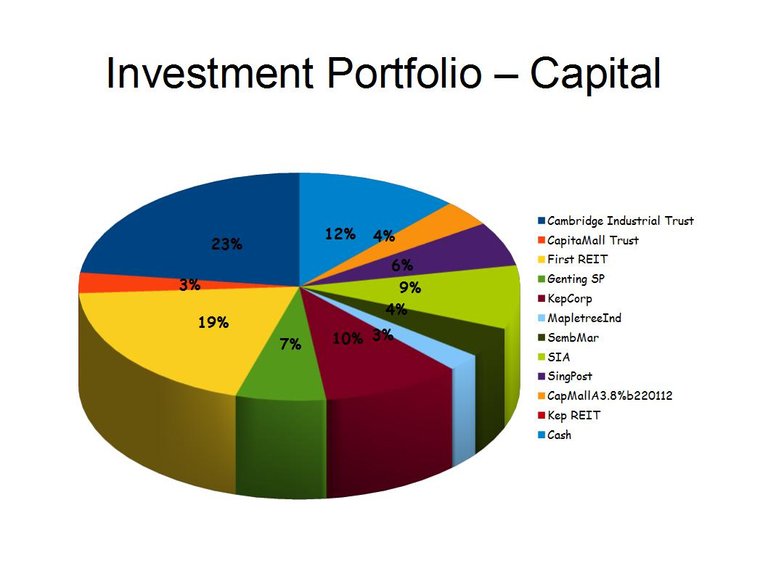'Don't put all your eggs in one basket'. This is the famous quote that we always hear when it comes to investing our hard-earned money. It talks about diversification to mitigate risks so that if one asset fails, your entire money is not affected as you invested only a portion of it in that failed asset. Therefore, it is crucial for us to know how to diversify our investments.
Investment diversification or portfolio allocation is usually the job of an expert fund manager managing a fund in behalf of the investors. Depending on the objective of the fund, he/she may adjust the funds depending on market performance.
However, in personal finance, you can also be the fund manager of your own funds. There are two ways on how to do it. Here's how.

100-Age Formula
The simplest and most conventional way for portfolio allocation is the 100-Age Formula. That is, simply subtracting your age from 100. The difference is the percentage of your portfolio that should be allocated to aggressive or risky investments like stocks.
This is because when you are young, you are presumed to be healthy and you still have a lot of time before retirement age. Investments, in order to provide good return, needs time. The younger you are, the more time you have to ride the volatility. And since you are still young, you are most likely healthy. Therefore, less likely to untimely pull out your investment to fund your expenses.
For example, if you are 25 years old. Then 100 less your age is 75. You should be allocating 75% of your funds to aggressive investments like stocks.
Age Percentage Formula
While the 100-Age Formula only considers aggressive investments to maximize return, the Age Percentage Formula considers low risk, moderate risk, and aggressive or risky investments.
The Age Percentage Formula is:
Low Risk = Age / 2
Moderate Risk = 50%
High Risk = (100-Age) / 2
That means, if you are 40 years old and you have 500,000 in your funds for example, you need to invest 40 / 2 or 20% or 100,000 of your funds to low risk investments like savings accounts, checking accounts, bonds, and money market funds like treasury bills.
50% of your funds or 250,000 should be invested in moderate risk investments like balanced funds. Balanced funds are usually a mix of stocks and bonds. These are in the form of pooled investments like mutual fund. The fund manager adjusts the allocation of the fund depending on market performance. If stocks are doing good, then more funds will be allocated into it. If stocks are in downfall, then the fund manager allocates more to bonds.
Finally, (100- 40) / 2 or 30% or 150,000 should be invested in risky or aggressive investments like stocks.
Diversification is the key to successful investing

Good educational post. Now if only my nephew would educate himself. 🙄 BTW, you have an interesting name you go by here. Why the name choice?
Congratulations @financialjerk! You have completed some achievement on Steemit and have been rewarded with new badge(s) :
Click on any badge to view your own Board of Honor on SteemitBoard.
For more information about SteemitBoard, click here
If you no longer want to receive notifications, reply to this comment with the word
STOPCongratulations! This post has been upvoted from the communal account, @minnowsupport, by FinancialJerk from the Minnow Support Project. It's a witness project run by aggroed, ausbitbank, teamsteem, theprophet0, and someguy123. The goal is to help Steemit grow by supporting Minnows and creating a social network. Please find us in the Peace, Abundance, and Liberty Network (PALnet) Discord Channel. It's a completely public and open space to all members of the Steemit community who voluntarily choose to be there.
If you like what we're doing please upvote this comment so we can continue to build the community account that's supporting all members.
Thanks for sharing some good advices @financialjerk. In your personal opinion, what's the better option?
The Age Percentage Formula is better since it is more diversified.